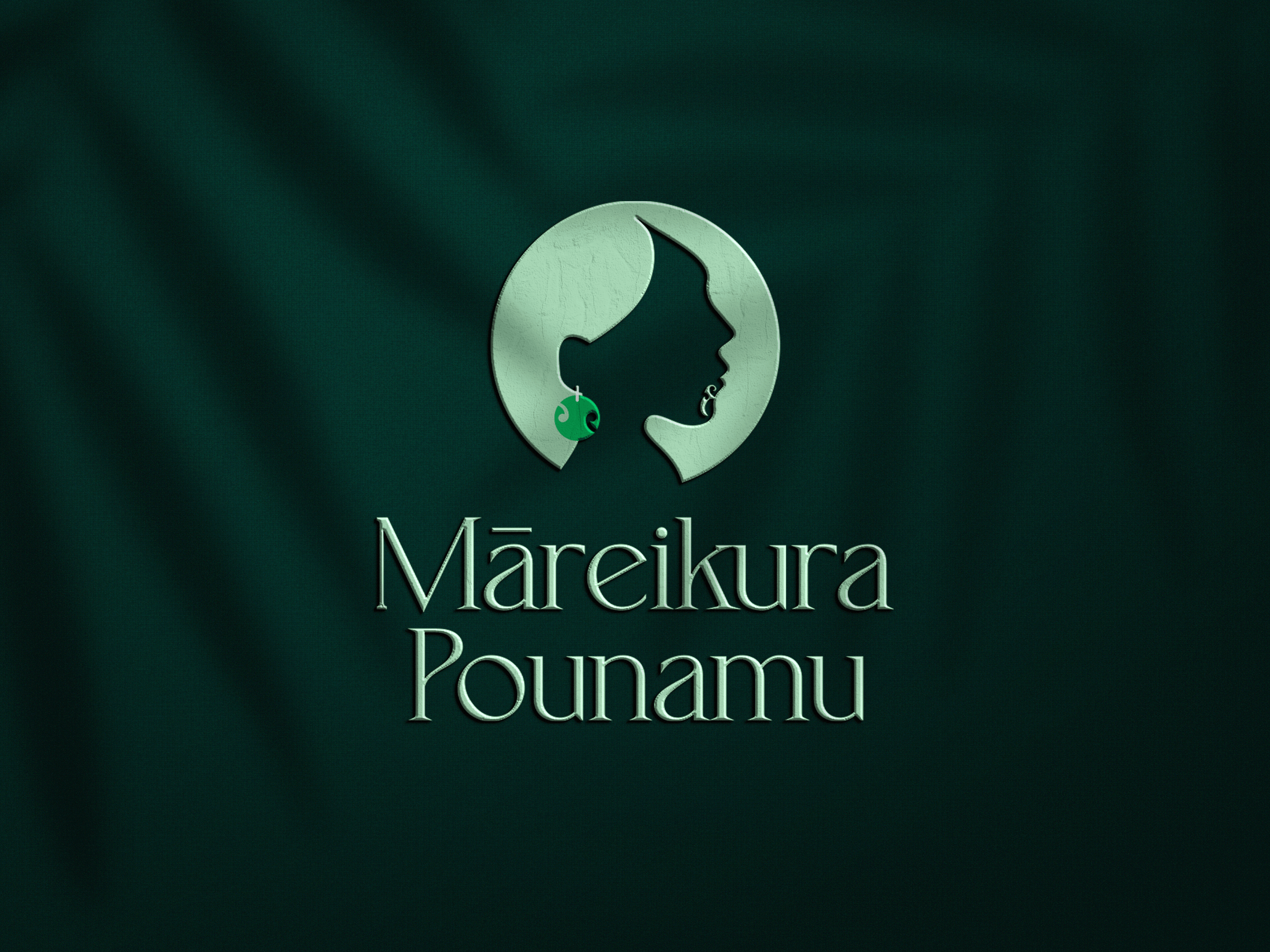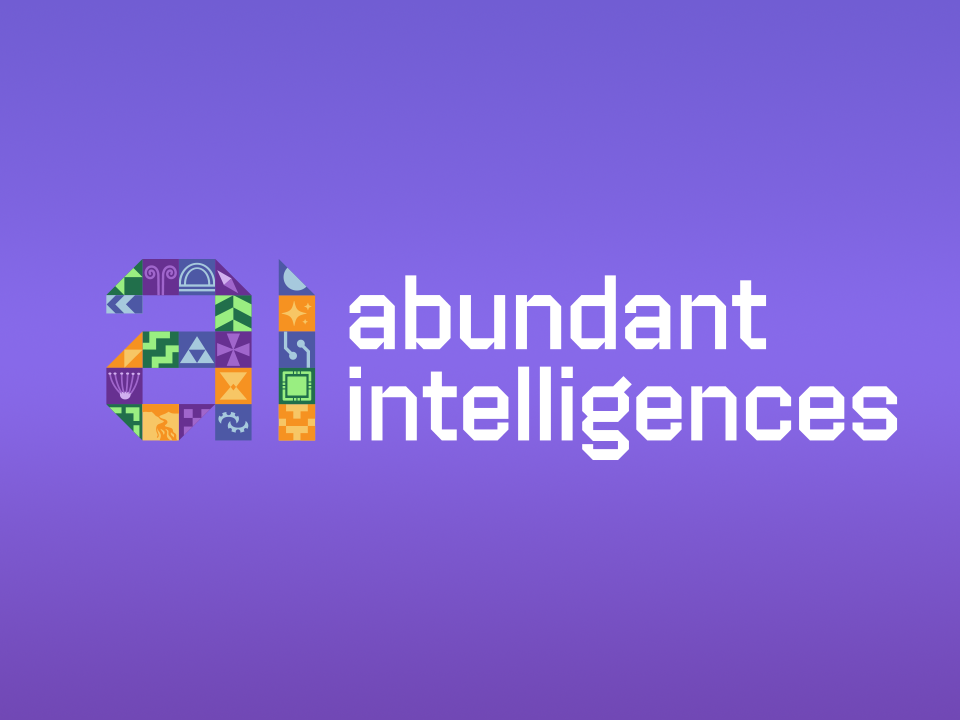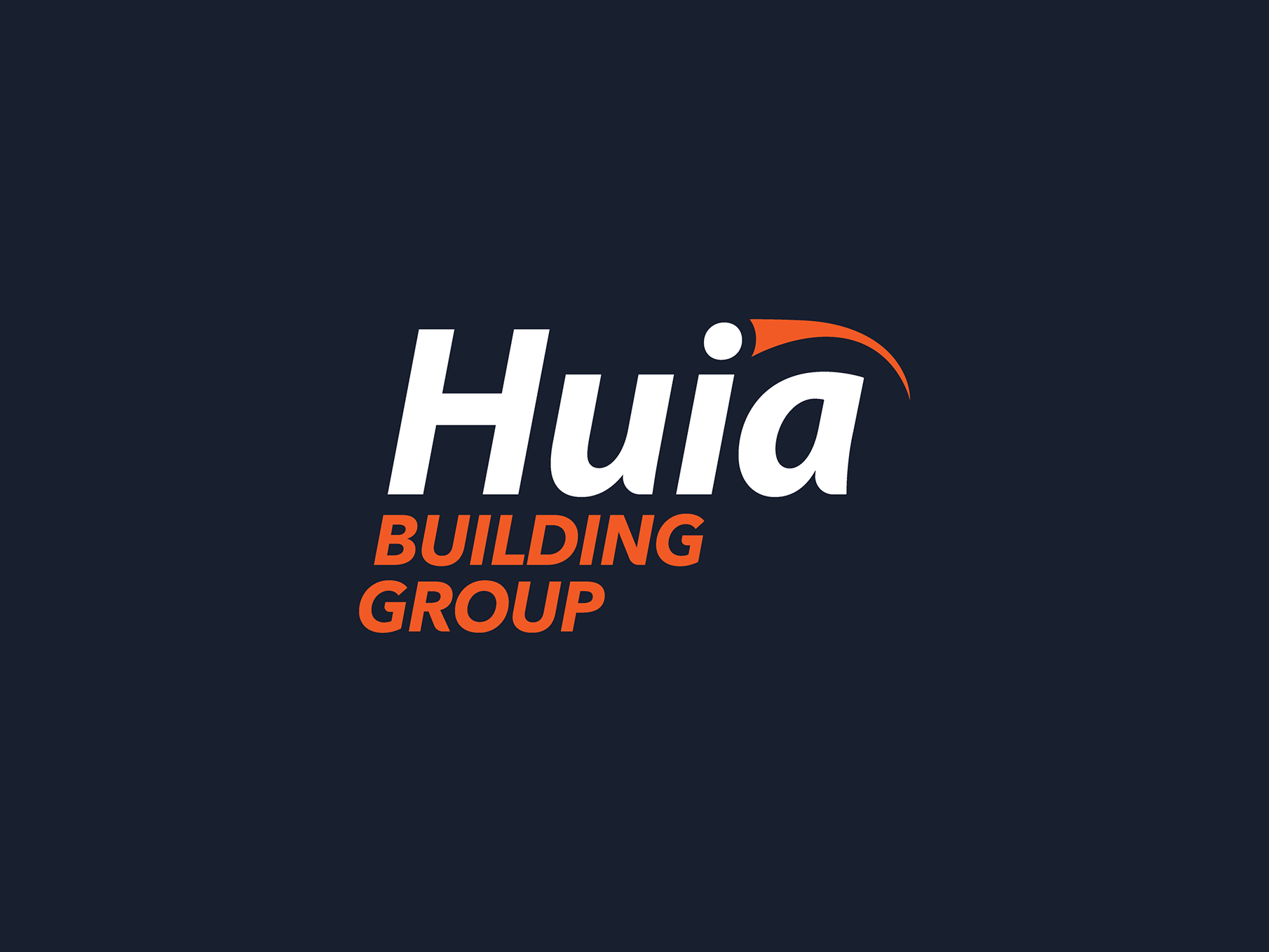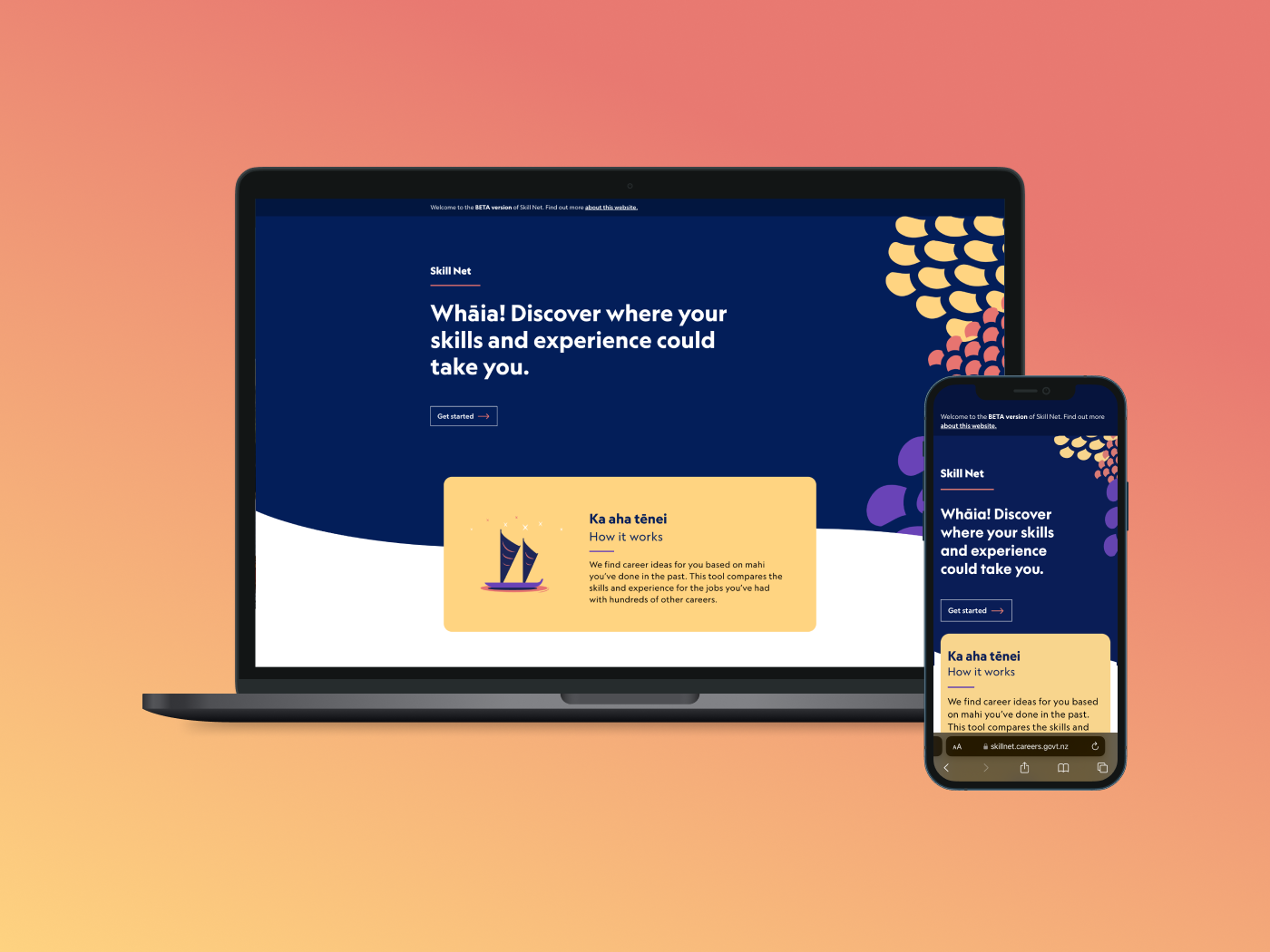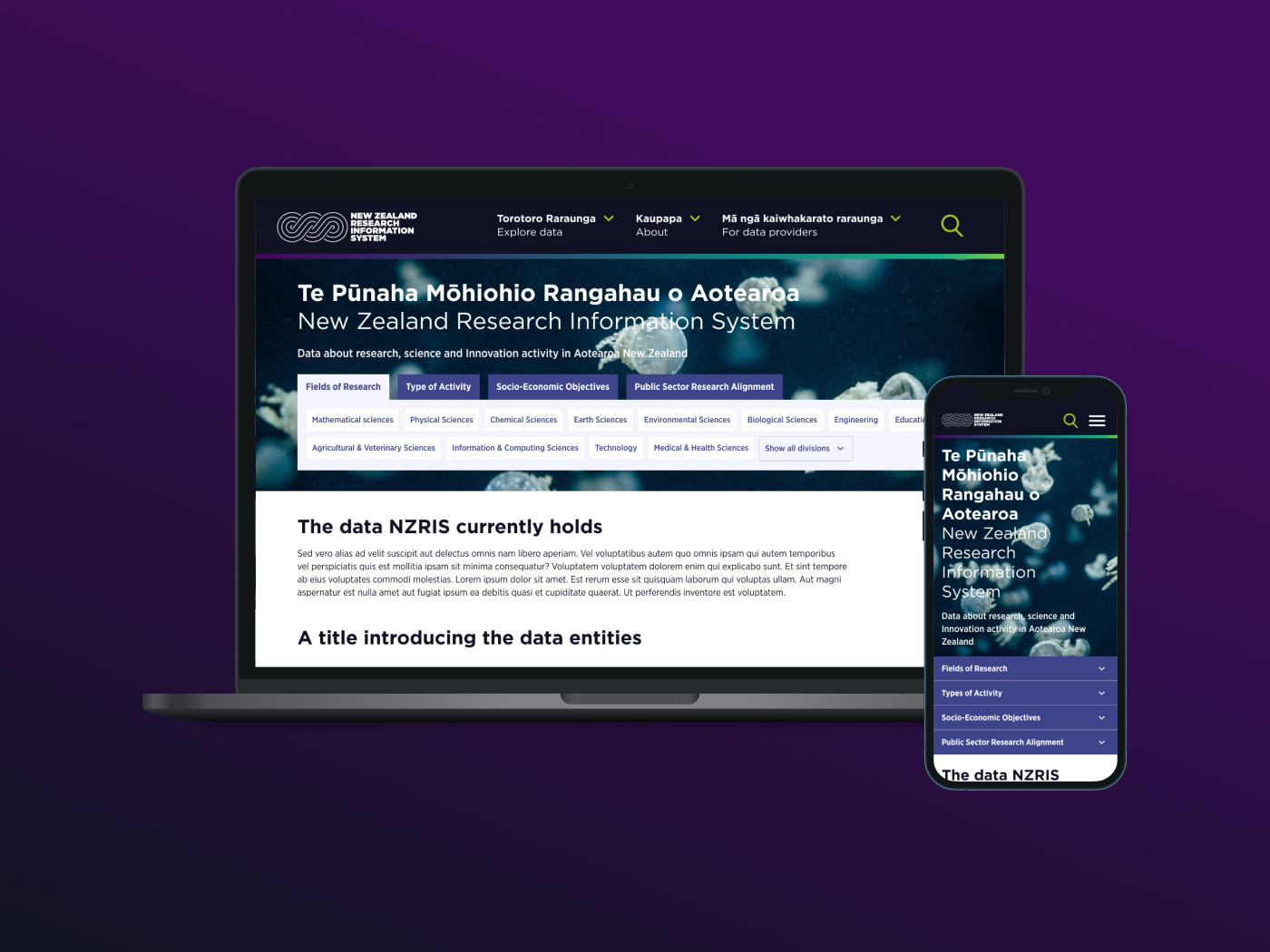Local Contexts Hub
Indigenous Communities are one of the most highly documented cultures in history, however they are largely not the legal owners of their own cultural heritage and IP. The digital age has further complicated this, making traditional knowledge more accessible and continuing to perpetuate the cultural significance of these Indigenous materials.
A solution was needed to support Indigenous communities to gain knowledge and control over how data is collected, managed, displayed, accessed, and used in the future.
Role: Product Designer
Tools: Figma, Kajabi, Click up, Miro, Adobe Illustrator
Duration: 2020-2024
Deliverables: Internal Portal (Website and Mobile), Learning Hub Material, Collections Care Label Design
Type: Agency Project
The Client
Introducing Local Contexts - a global initiative that supports Indigenous communities with tools that can reassert cultural authority in heritage collections and data. Traditional Knowledge (TK) Labels and Biocultural (BC) Labels are tools co-developed with Indigenous communities to communicate cultural protocols for how traditional knowledge should be shared, accessed, and used. They help embed community-specific rules — such as restrictions around sacred, gendered, or seasonal knowledge — into digital systems, ensuring respectful and informed engagement with Indigenous cultural heritage.
How can Indigenous Communities utilise these Labels?
The image below is a real example of an Indigneous community - The Sq’éwlets Band of the Stó:lō First Nation using the TK and BC Labels to guide respectful engagement with their knowledge. These labels appear across multiple areas of their website and are customisable, allowing the community to reflect their own unique protocols around how traditional knowledge is shared, managed, and accessed. The Sq’éwlets people have customised and applied five distinct labels throughout their site to guide visitors — serving as continuous reminders that users are engaging with living knowledge that belongs to and is governed by the community.
The Challenge
Local Contexts set out to develop a digital tool that enables Indigenous communities to customise and apply TK Labels to their own traditional knowledge, while also supporting them to build relationships with institutions to gain better access to traditional knowledge currently held in archives.
They were previously using Murkutu CMS to support Indigenous Communities to apply these Labels to their website but they needed a more robust and collaborative space to support all of their audience being, Indigenous communities, researchers and Institutions.
We were approached to lead the design of this experience and work collaboratively with their global team. We leveraged DIA’s Culture-Centred Design (CCD) framework, to ensure the tool’s outcomes were informed and led by Indigenous people, integrating traditional protocols and knowledge systems into the digital space.
As the product designer, I contributed to the design of the portal, ensuring it was accessible, intuitive, and reflective of Indigenous values and protocols. My focus included visual direction, responsive layout systems, accessibility improvements, and working closely with stakeholders to uplift Indigenous ways of knowing in the design.
Discovery
Our team began by reviewing insights from prior user engagements and stakeholder workshops. Local Contexts had already gathered a rich foundation of feedback from Indigenous communities across Aotearoa, the Pacific, North America, and beyond.
We created epic stories to capture those unique needs and goals of each user group. These narratives helped guide feature development and ensure the platform would effectively support all users of the hub. We also reviewed the existing platform (built on Mukurtu CMS) and identified opportunities to enhance the user experience—particularly in visual consistency, layout clarity, and accessibility.
Example of the epic stories we created from insights from our users
The Murkutu CMS platform with TK Labels Integration
Key Insights from discovery phase
• Users sought greater visibility into the purpose of the Hub and the positive impact of Labels on Indigenous communities.
• There was a clear need for guidance around applying and managing Labels and Notices.
• Institutions and researchers required streamlined workflows for engaging with Indigenous communities.
• The existing dashboard lacked clarity, leaving users uncertain about where to begin.
From there we were able to refine the user stories for each user group. This foundation helped us streamline the sitemap and define the essential pages and user flows for the platform.
As an Indigenous Community member I want to...
• Customize TK and BC Labels as a community
• Discover other Indigenous Communities using the platform
• Easily identity Institutions and Researchers that are open to collaborate
• Apply Labels to their traditional knowledge onlilne
As an Insitution and/or researcher I want to...
• Apply Notices to help communities better identify traditional knowledge in their archives
• Send projects to Indigenous communties to apply their Labels to
• Identify communities by location boundaries
Define
Building on the insights gathered during discovery, we began shaping the overall experience of the Hub. This involved defining the core pages, functionalities, and navigation pathways specific to each user group—Indigenous communities, institutions, and researchers.
To support this, we developed detailed journey maps and user flow diagrams, which helped us visualise how users would interact with the platform, complete key tasks, and move through the system. These tools allowed the team to align on user needs and ensure that each interaction point was purposeful, accessible, and grounded in Indigenous-led values.
Design
Following our mapping and ideation phase, we moved into the design process by creating low-fidelity sketches and wireframes. These early concepts were used to facilitate collaborative discussions with the global team and begin visualising how key features of the Hub would come to life. The designs focused on meeting both user stories and business objectives—balancing simplicity, clarity, and cultural integrity. The following images highlight specific design decisions I made to address user needs and ensure a seamless, intuitive experience across the platform.
1. Visual Design Approach
In designing the Hub, I aimed to maintain visual continuity with the existing Local Contexts website and brand guidelines developed by Vincent Design. I refined the existing colour palette to meet WCAG accessibility standards, ensuring adequate contrast and usability across all interface elements. To preserve brand recognisability, I incorporated signature design motifs—such as the curved banner—into key UI components like the navigation bar. I also introduced a modular card system to structure related content consistently across the Hub, supporting both clarity and scalability as the platform grows.
2. Component Library
To support a consistent and scalable design system, I created a component library for the Hub. This library includes flexible, reusable UI components such as buttons, form fields, navigation patterns, modals, and content cards. Each component was designed with accessibility and responsiveness in mind, ensuring usability across different screen sizes and user needs. The component library not only streamlined the design and development process but also provided a shared visual language for the wider team to work from with clarity and efficiency.
To ensure Indigneous Communities were recognised respectfully within the tool we used an Indigneous friendly typeface - BC Sans.
3. Designing a Tailored, User-Centric Dashboard System
Early in the design process, we identified the need for three distinct dashboard experiences to support the unique goals of each user group: Indigenous Communities, Institutions, and Researchers. Communities required tools to customise and manage TK and BC Labels, while Institutions and Researchers focused on managing Notices and initiating collaboration.
To support these differing needs, we designed a modular dashboard system using flexible content cards and a simplified task bar. This approach allowed us to easily customise dashboard content based on account type, clearly communicate available actions, and reduce cognitive load by surfacing only relevant tasks to each user group.
4. Enabling Connection and Visibility Across the Platform
To foster greater collaboration between Indigenous Communities, Researchers, and Institutions, we designed a public-facing registry and project board. These features provide visibility into who is actively using the platform, what Labels or Notices they are implementing, and any public projects they are involved in. By surfacing this information, we helped reduce silos, promote transparency, and support meaningful, values-aligned connections across user groups.
5. Ensuring Accessibility Through a Responsive Mobile Web Experience
To accommodate diverse user contexts and increase overall accessibility, we designed a fully responsive mobile web application for the Hub. This allows users to engage with the platform seamlessly across devices—whether in the field, at community events, or on the move. The mobile experience was optimised for performance, readability, and usability, ensuring that all core functionalities—such as managing Labels and Notices—remain intuitive and accessible regardless of screen size.
Delivery & Outcomes
The MVP Local Contexts Hub launched in 2021, supporting thousands of users globally. The platform now supports a growing network of over 300 Indigenous communities, institutions, and researchers across 34 countries—collaborating to advance cultural preservation and strengthen Indigenous data sovereignty.
I collaborated closely with a US-based developer to release the MVP of the Local Contexts Hub, utilising Figma’s Dev Mode to streamline the handoff process and ensure design consistency throughout development. I provided ongoing design support across time zones and worked closely with the content team to align interface content with both user needs and Indigenous values.
To support user onboarding, I co-authored the instructional content for the “Get Started on the Hub” page—helping new users navigate the platform with confidence and clarity.
Following the platform’s launch, I continued in my role as a product designer, delivering new feature designs based on community and institutional feedback. I was actively involved in QA testing, usability improvements, and refining the user experience to ensure the tool remained intuitive, responsive, and culturally respectful throughout my time at IDIA.
Key Outcomes:
• A simplified onboarding flow has significantly reduced user friction and improved overall engagement.
• A fully responsive, accessible interface ensures usability across devices and diverse connectivity environments.
• Visual and interaction updates received affirming feedback from both Indigenous partners and institutional stakeholders.
• The platform more effectively communicates the purpose of Labels and Notices, reinforcing Indigenous control and decision-making over their cultural and intellectual property.
Reflection
I’m deeply grateful to Māui, Jane, and the Local Contexts team for the opportunity to support a kaupapa so aligned with my values. As an Indigenous design practitioner, it was a privilege to contribute to a project that prioritises Indigenous data sovereignty and honours the cultural protocols that shape how knowledge is shared.
This project taught me how visual design can uphold—and not override—Indigenous knowledge systems. It deepened my skillset in accessible, culturally responsive UI design and reinforced the importance of designing in genuine partnership with community.
Working on the Local Contexts Hub helped me grow both professionally and personally. It demonstrated the powerful role inclusive, thoughtful digital design can play in shifting global systems to better recognise Indigenous rights and authority.
Initiated during the height of the COVID-19 pandemic, this project challenged our team to collaborate remotely while staying grounded in shared purpose. Together, we delivered a robust, user-centred platform that enables Indigenous communities to assert visibility, connection, and control within digital archives.
Below are some other projects I helped create for Local Contexts. I'm incredibly grateful for the experience and enjoyed all of the opportunities I got to grow as a product designer.
Collaborators
John Moore
Miriame Barbarich
Madeleine Bell
Diana Lovette
Corrie Roe
Ashley Rojas
Felicia Garcia
Laurre Hak
Stephany RunningHawk
Dr. Janette Hamilton-pearce
Jane Anderson
Maui Hudson
Directors
John Moore
Miriame Barbarich
Maui Hudson
Jane Anderson
Stephany RunningHawk
Client
Local Contexts
Agency
Indigenous Design and Innovation Aotearoa (IDIA)

